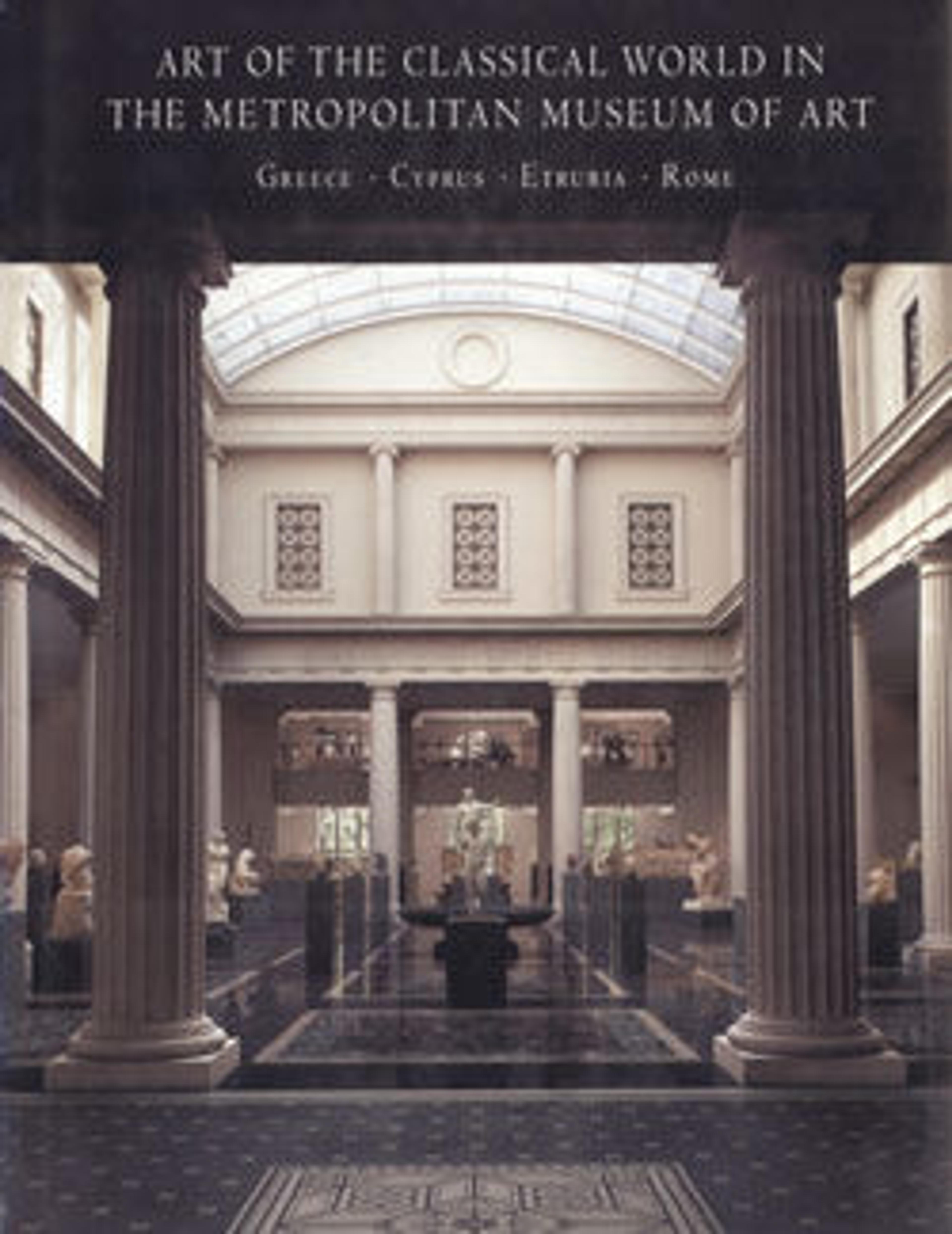Bronze bowl with handles terminating in lotuses
Although the lotus motif came from the East, bronze bowls or basins with lotiform handles seem to have been a Cypriot invention that flourished from the Geometric into the Archaic period. Such large examples are rare. Smaller bowls are more common and exist also in terracotta. Moreover, they were exported to the Levant, the Aegean region, and Italy.
Artwork Details
- Title: Bronze bowl with handles terminating in lotuses
- Period: Cypro-Geometric III
- Date: ca. 850–750 BCE
- Culture: Cypriot
- Medium: Bronze
- Dimensions: H. 5 7/8 in. (15 cm)
H. with handles 10 5/8 in. (27 cm)
diameter 13 5/8 in. (34.6 cm) - Classification: Bronzes
- Credit Line: The Cesnola Collection, Purchased by subscription, 1874–76
- Object Number: 74.51.5673
- Curatorial Department: Greek and Roman Art
More Artwork
Research Resources
The Met provides unparalleled resources for research and welcomes an international community of students and scholars. The Met's Open Access API is where creators and researchers can connect to the The Met collection. Open Access data and public domain images are available for unrestricted commercial and noncommercial use without permission or fee.
To request images under copyright and other restrictions, please use this Image Request form.
Feedback
We continue to research and examine historical and cultural context for objects in The Met collection. If you have comments or questions about this object record, please contact us using the form below. The Museum looks forward to receiving your comments.
